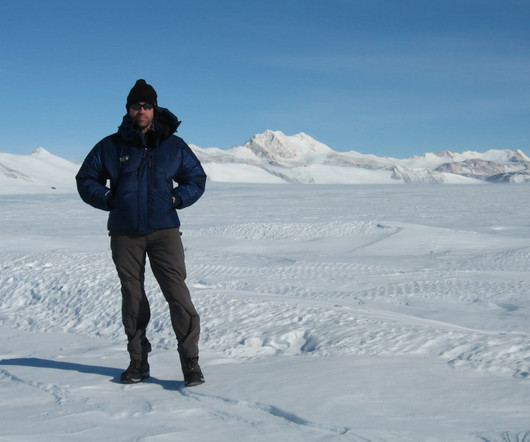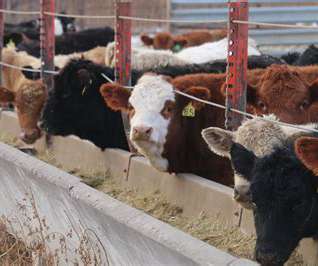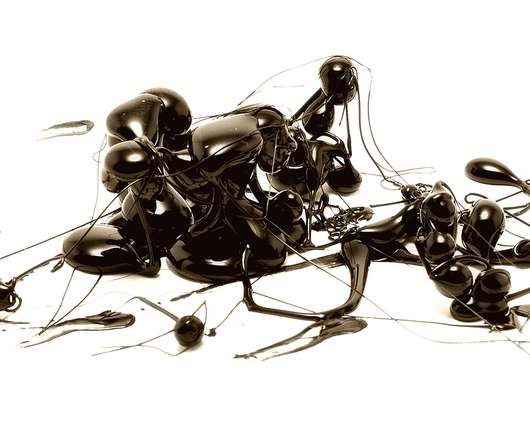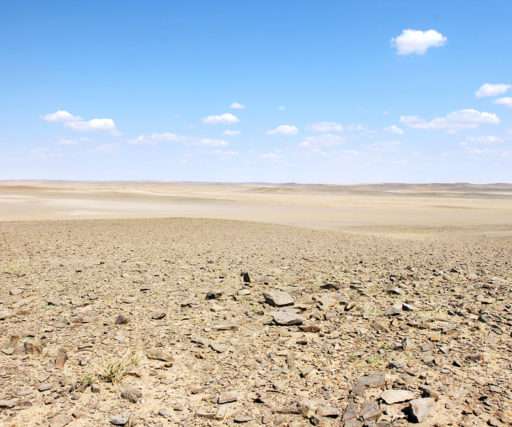Antarctic extreme events: ‘All-time records are being shattered not from decades ago, but from the last few years and months’
Frontiers
AUGUST 7, 2023
While the main focus has been on operational activities in Antarctica, global warming caused by fossil-fuel burning by these (and other) countries has left Antarctica on the brink of irreversible change. For example, Antarctica acts to cool our planet by reflecting solar radiation back to space by virtue of the brightness of its snow surface.













Let's personalize your content